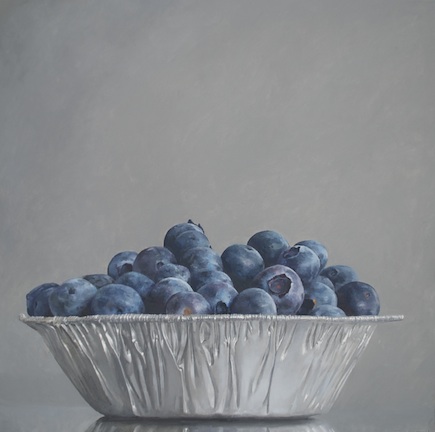Art or mammon
“Where any view of Money exists, Art cannot be carried on . . .” –William Blake
I’ve read several stories recently, in Forbes, the Guardian, and at other sites, that question whether or not art is a good investment right now. The implied question is: are we or are we not in a “bubble.” The discussions are built around the highly-publicized prices of the most expensive work sold at the art fairs and in auctions. From my remote perch here in Western New York, where I pay little attention to how creative work gets monetized—except when I try to figure modest prices for what I do—it’s an issue that seems to have little impact on me and most of the artists I consider friends. We all price our work in a range that’s reasonable enough to be safe for anyone who buys the work. It’s a safe expenditure for a couple reasons. First, there isn’t that much room for the price to drop if the market for art somehow were to collapse (as real estate did in 2008). When the bottom fell out of housing prices in 2008, homes in Rochester hardly dropped in value. They hadn’t skyrocketed up in price during the real estate bubble, therefore they were actually valued close to their worth to most families who actually wanted to live in them, not invest in real estate for a quick profit. Second, and more importantly, the people who buy my work, and the work of others I know personally, don’t buy it as an investment, but simply because they want to own it. They know how much labor and talent goes into the work and they see the price as an accurate reflection of both, not as a fleeting marker of an investment’s worth during a continuous boom in value across the art world.
That second point was why I found it so encouraging to have sold seven paintings at my recent Oxford Gallery show. Some were very small, and some were among the largest in the exhibit, so prices had little to do with whether or not people bought the work. The collectors who bought the work—and one in particular who wanted to buy a painting but didn’t—based their purchases on the desire to look at the paintings. (The one who wanted to buy but refrained simply had no more wall space for new work and she had her eye on one of the larger paintings.) You would think these factors would invariably be the case in sales of art, but I suspect that much of the work that sells for millions of dollars now could just as easily go into a vault somewhere as onto someone’s wall. And that money could have been spent just as readily on shares of Apple. I’ve communicated with several of my collectors, and they have said repeatedly how much they love the work they now own, how much what they get from looking at it is worth what they spent on it. For these people, the vagaries of an inflated art market have no relevance at all. I’m sure they don’t want the value of the work to drop—who would? But it isn’t a concern, because they have no plan to ever sell it. What could be better—for me and for them? It’s how the making, selling and ownership of art ought to work, every time.

Comments are currently closed.